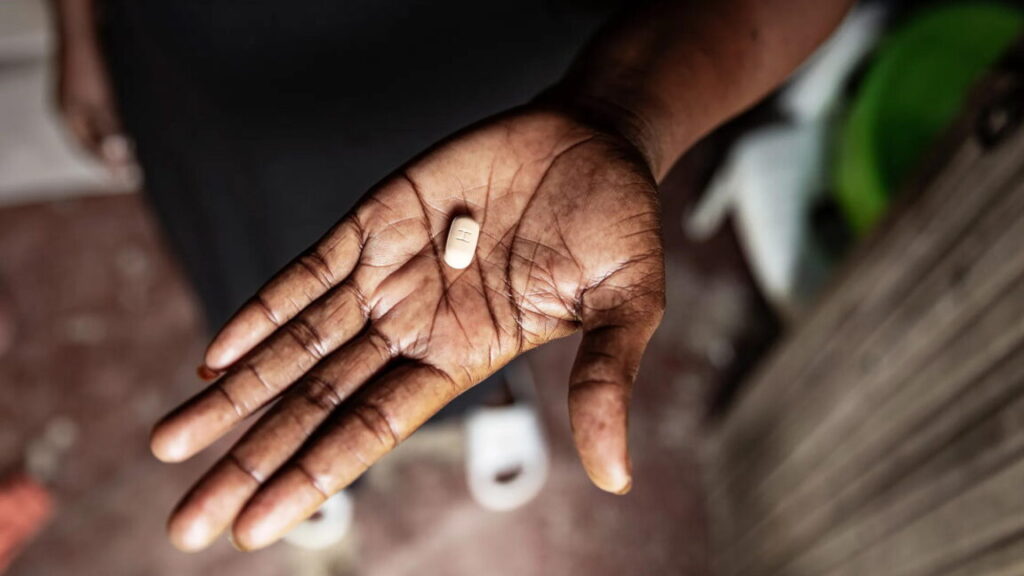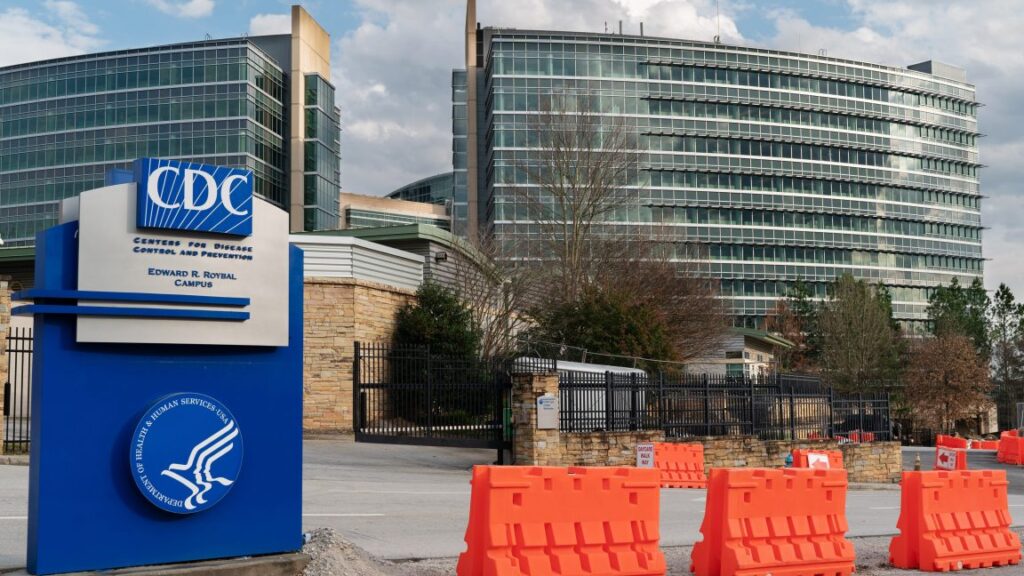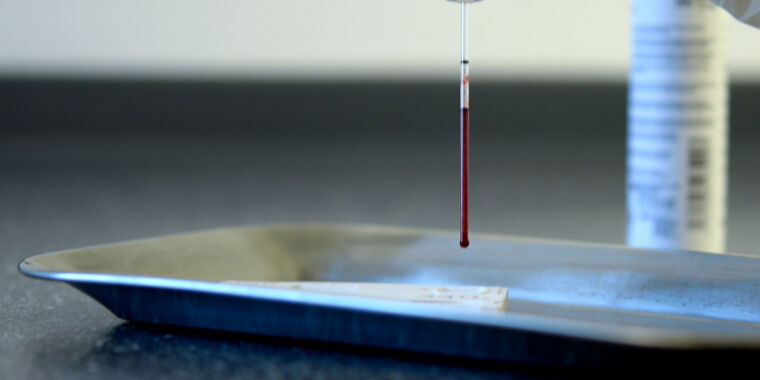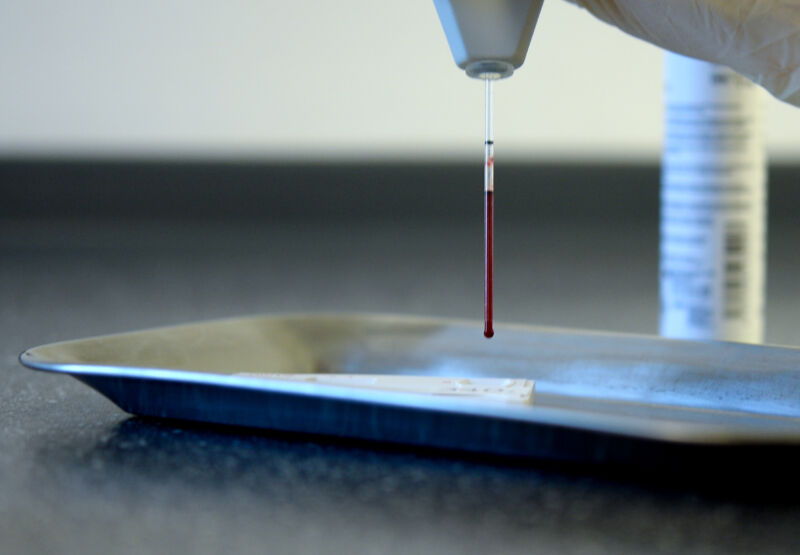Five children see HIV viral loads vanish after taking antiretroviral drugs
The first widespread success in curing HIV may come from children, not adults.
An ARV tablet being held in Kisumu, Kenya, on April 24, 2025 Credit: Michel Lunaga/Getty
For years, Philip Goulder has been obsessed with a particularly captivating idea: In the hunt for an HIV cure, could children hold the answers?
Starting in the mid-2010s, the University of Oxford pediatrician and immunologist began working with scientists in the South African province of KwaZulu-Natal, with the aim of tracking several hundred children who had acquired HIV from their mothers, either during pregnancy, childbirth, or breastfeeding.
After putting the children on antiretroviral drugs early in their lives to control the virus, Goulder and his colleagues were keen to monitor their progress and adherence to standard antiretroviral treatment, which stops HIV from replicating. But over the following decade, something unusual happened. Five of the children stopped coming to the clinic to collect their drugs, and when the team eventually tracked them down many months later, they appeared to be in perfect health.
“Instead of their viral loads being through the roof, they were undetectable,” says Goulder. “And normally HIV rebounds within two or three weeks.”
In a study published last year, Goulder described how all five remained in remission, despite having not received regular antiretroviral medication for some time, and in one case, up to 17 months. In the decadeslong search for an HIV cure, this offered a tantalizing insight: that the first widespread success in curing HIV might not come in adults, but in children.
At the recent International AIDS Society conference held in Kigali, Rwanda, in mid-July, Alfredo Tagarro, a pediatrician at the Infanta Sofia University Hospital in Madrid, presented a new study showing that around 5 percent of HIV-infected children who receive antiretrovirals within the first six months of life ultimately suppress the HIV viral reservoir—the number of cells harboring the virus’s genetic material—to negligible levels. “Children have special immunological features which makes it more likely that we will develop an HIV cure for them before other populations,” says Tagarro.
His thoughts were echoed by another doctor, Mark Cotton, who directs the children’s infectious diseases clinical research unit at the University of Stellenbosch, Cape Town.
“Kids have a much more dynamic immune system,” says Cotton. “They also don’t have any additional issues like high blood pressure or kidney problems. It makes them a better target, initially, for a cure.”
According to Tagarro, children with HIV have long been “left behind” in the race to find a treatment that can put HIV-positive individuals permanently into remission. Since 2007, 10 adults are thought to have been cured, having received stem cell transplants to treat life-threatening blood cancer, a procedure which ended up eliminating the virus. Yet with such procedures being both complex and highly risky—other patients have died in the aftermath of similar attempts—it is not considered a viable strategy for specifically targeting HIV.
Instead, like Goulder, pediatricians have increasingly noticed that after starting antiretroviral treatment early in life, a small subpopulation of children then seem able to suppress HIV for months, years, and perhaps even permanently with their immune system alone. This realization initially began with certain isolated case studies: the “Mississippi baby” who controlled the virus for more than two years without medication, and a South African child who was considered potentially cured having kept the virus in remission for more than a decade. Cotton says he suspects that between 10 and 20 percent of all HIV-infected children would be capable of controlling the virus for a significant period of time, beyond the typical two to three weeks, after stopping antiretrovirals.
Goulder is now launching a new study to try and examine this phenomenon in more detail, taking 19 children in South Africa who have suppressed HIV to negligible levels on antiretrovirals, stopping the drugs, and seeing how many can prevent the virus from rebounding, with the aim of understanding why. To date, he says that six of them have been able to control the virus without any drugs for more than 18 months. Based on what he’s seen so far, he has a number of ideas about what could be happening. In particular, it appears that boys are more likely to better control the virus due to a quirk of gender biology to do with the innate immune system, the body’s first-line defense against pathogens.
“The female innate immune system both in utero and in childhood is much more aggressive than the male equivalent when it encounters and senses viruses like HIV,” says Goulder. “Usually that’s a good thing, but because HIV infects activated immune cells, it actually seems to make girls more vulnerable to being infected.”
In addition, Goulder notes that because female fetuses share the same innate immune system as their mothers, the virus transmitted to them is an HIV strain that has become resistant to the female innate immune response.
There could also be other explanations for the long-lasting suppression seen in some children. In some cases, Goulder has observed that the transmitted strain of HIV has been weakened through needing to undergo changes to circumvent the mother’s adaptive immune response, the part of the immune system which learns to target specific viruses and other pathogens. He has also noted that male infants experience particularly large surges of testosterone in the first six months of life—a period known as “mini-puberty”—which can enhance their immune system in various ways that help them fight the virus.
Such revelations are particularly tantalizing as HIV researchers are starting to get access to a far more potent toolbox of therapeutics. Leading the way are so-called bNAbs, or broadly neutralizing antibodies, which have the ability to recognize and fight many different strains of HIV, as well as stimulating the immune system to destroy cells where HIV is hiding. There are also a growing number of therapeutic vaccines in development that can train the immune system’s T cells to target and destroy HIV reservoirs. Children tend to respond to various vaccines better than adults, and Goulder says that if some children are already proving relatively adept at controlling the virus on the back of standard antiretrovirals, these additional therapeutics could give them the additional assistance they need to eradicate HIV altogether.
In the coming years, this is set to be tested in several clinical trials. Cotton is leading the most ambitious attempt, which will see HIV-infected children receive a combination of antiretroviral therapy, three bNAbs, and a vaccine developed by the University of Oxford, while in a separate trial, Goulder is examining the potential of a different bNAb together with antiretrovirals to see whether it can help more children achieve long-term remission.
“We think that adding the effects of these broadly neutralizing antibodies to antiretrovirals will help us chip away at what is needed to achieve a cure,” says Goulder. “It’s a little bit like with leukemia, where treatments have steadily improved, and now the outlook for most children affected is incredibly good. Realistically in most cases, curing HIV probably requires a few hits from different angles, impacting the way that the virus can grow, and tackling it with different immune responses at the same time to essentially force it into a cul-de-sac that it can’t escape from.”
Children are also being viewed as the ideal target population for an even more ambitious experimental treatment, a one-time gene therapy that delivers instructions directing the body’s own muscle cells to produce a continuous stream of bNAbs, without the need for repeated infusions. Maurico Martins, an associate professor at the University of Florida, who is pioneering this new approach, feels that it could represent a particularly practical strategy for low-income countries where HIV transmission to children is particularly rife, and mothers often struggle to keep their children on repeated medication.
“In regions like Uganda or parts of South Africa where this is very prevalent, you could also give this therapy to a baby right after birth as a preventative measure, protecting the newborn child against acquisition of HIV through breastfeeding and maybe even through sexual intercourse later in life,” says Martins.
While Martins also hopes that gene therapy could benefit HIV-infected adults in future, he feels it has more of a chance of initially succeeding in children because their nascent immune systems are less likely to launch what he calls an anti-drug response that can destroy the therapeutic bNAbs.
“It’s very difficult for most antibodies to recognize the HIV envelope protein because it’s buried deep within a sugar coat,” says Martins. “To overcome that, these bNAbs carry a lot of mutations and extensions to their arms which allow them to penetrate that sugar coat. But the problem then is that they’re often viewed by your own immune system as foreign, and it starts making these anti-bNAb antibodies.”
But when Martins tested the therapy in newborn rhesus macaques, it was far more effective. “We found that the first few days or two weeks after birth comprised a sort of sweet spot for this gene therapy,” he says. “And that’s why this could really work very well in treating and preventing pediatric HIV infections.”
Like many HIV scientists, Martins has run into recent funding challenges, with a previous commitment from the National Institutes of Health to support a clinical trial of the novel therapy in HIV-infected children being withdrawn. However, he is hoping that the trial will still go ahead. “We’re now talking with the Gates Foundation to see whether they can sponsor it,” he says.
While children still comprise the minority of overall HIV infections, being able to cure them may yield further insights that help with the wider goal of an overall curative therapy.
“We can learn a lot from them because they are different,” says Goulder. “I think we can learn how to achieve a cure in kids if we continue along this pathway, and from there, that will have applications in adults as well.”
This story originally appeared on wired.com.
Five children see HIV viral loads vanish after taking antiretroviral drugs Read More »




